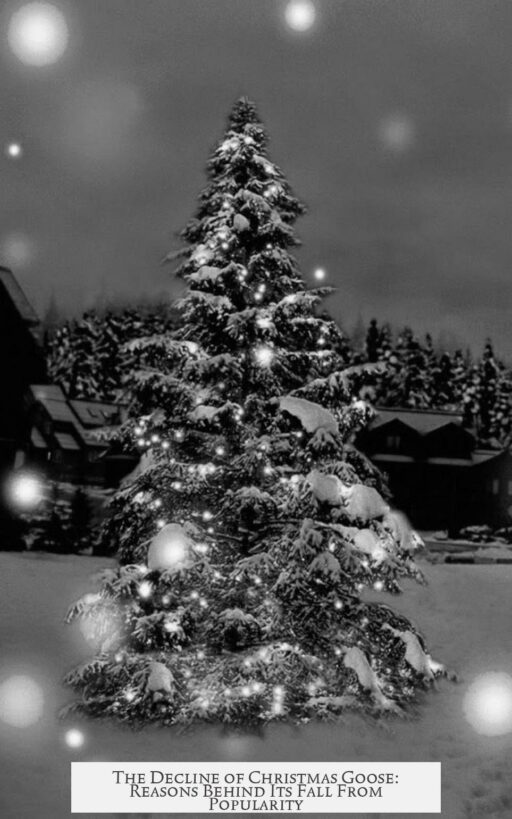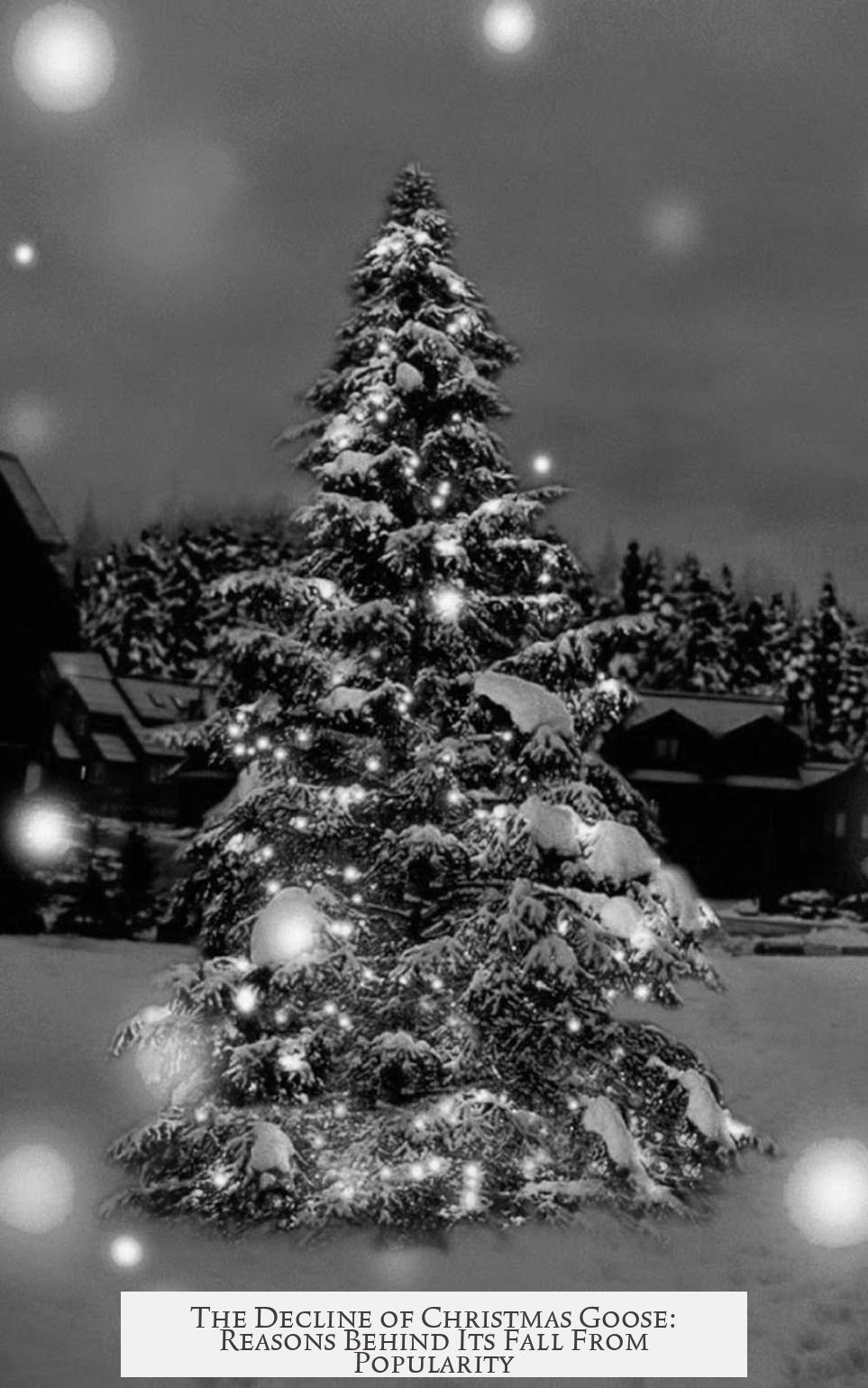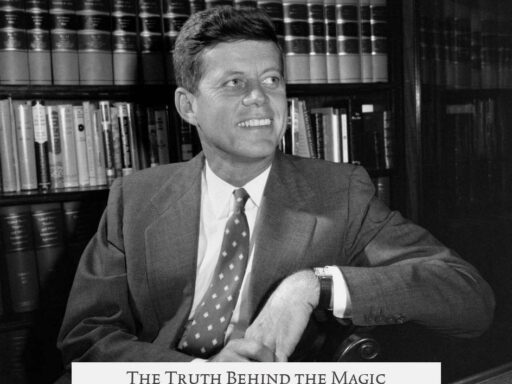Christmas goose lost popularity primarily in the United States during the 19th century. While Christmas goose had some seasonal presence, it never gained the widespread appeal turkey enjoyed. This decline stems from several factors including economic considerations, cultural preferences, and emerging national identity.
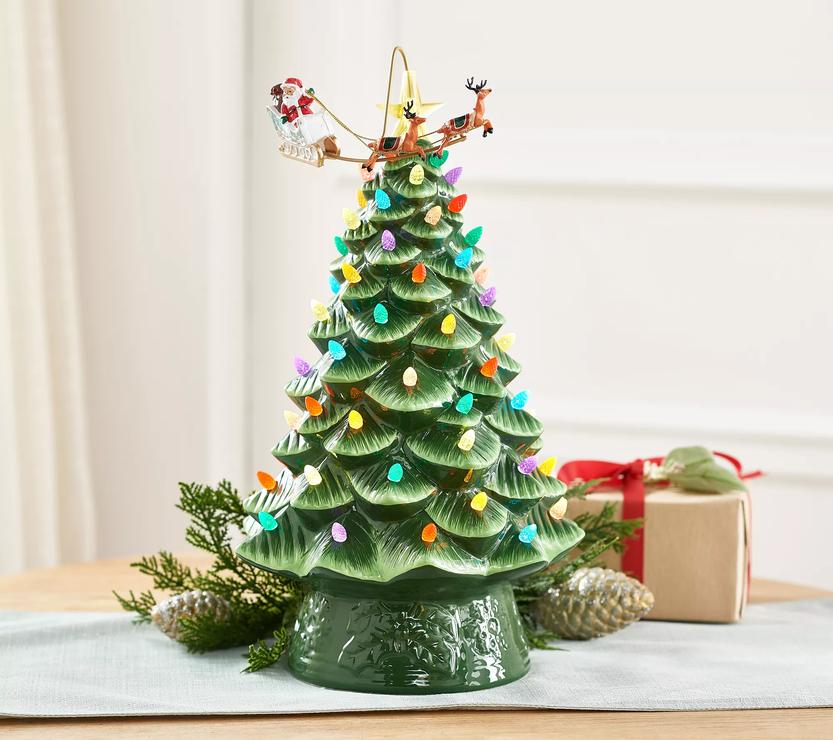
Before the mid-1800s, Christmas feasts did not revolve around a single iconic dish. Various meats like goose, turkey, beef, pork, and other poultry were all common. The early American cookbooks focused more on sweets such as cookies and doughnuts for the Christmas season rather than meat-centric meals. So, goose was just one of many options without strong traditional attachment.
In England, Charles Dickens’ 1843 novella A Christmas Carol intensified association of goose with Christmas through the Cratchit family’s holiday meal. Dickens described the Cratchits enjoying a modest goose, which symbolized an accessible festive feast for the working class. This story popularized Christmas goose, overshadowing turkey at the time.

However, Dickens’ influence remained largely limited to England. Americans settled on turkey much earlier and more firmly. Turkey was already the preferred holiday poultry by the early 19th century, often symbolizing status and abundance because turkeys were more costly compared to geese. A notable example is a December 1859 market report showing turkey prices higher than geese and chickens.
| Aspect | Christmas Goose | Christmas Turkey |
|---|---|---|
| Cost | Similar to chicken, less expensive | Most expensive poultry, status symbol |
| Size & practicality | Smaller, less meat per bird | Larger, better for big families |
| Taste perception | Less favored historically | Regarded as most delicious poultry |
| Cultural significance | Popular in England due to Dickens | Recognized as American bird, symbol of freedom |
Multiple practical reasons guided Americans toward turkey. Turkeys grow larger and can feed more people, which suited large rural families. This practicality combined with the high regard for turkey’s taste helped secure its reputation. Additionally, turkey held symbolic value as a “bird of freedom,” linking the meal to national pride.
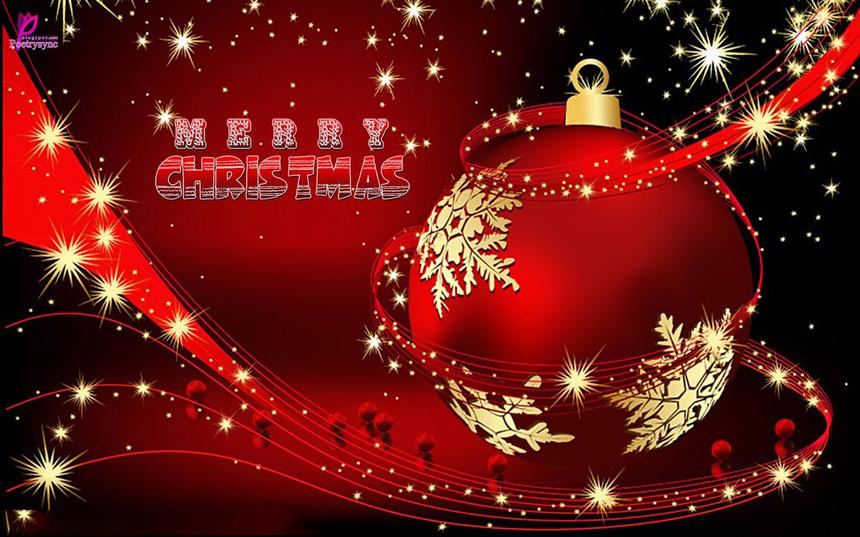
Historical records back this trend. George Washington’s 1790 Christmas menu at Mount Vernon featured roast turkey with stuffing but no goose. The St. Nicholas Society banquets in New York presented a variety of poultry but excluded goose among favored dishes. Furthermore, turkey hunts on Christmas Eve or Christmas morning were a rural tradition in the U.S., emphasizing turkey’s holiday role.
Exceptions existed, such as an 1817 article reporting far more geese sold than turkeys in Connecticut for Thanksgiving, possibly due to price differences. Those who could not afford turkey might opt for goose. Nonetheless, this does not reflect the broader 19th-century American holiday patterns where turkey dominated.

In summary, Christmas goose’s decline in popularity, especially in the U.S., results from economic factors, cultural tastes, practicality, and symbolic meaning attached to turkey. Dickens popularized goose in England but failed to shift American preferences. Turkey became an entrenched Christmas tradition whereas goose receded.
- Before Dickens, many meats including goose and turkey were common Christmas dishes without strong exclusive ties.
- Dickens boosted Christmas goose in England, but turkey remained preferred in the U.S.
- Turkeys were more expensive and viewed as a status symbol in America.
- Americans favored turkey for size and feeding large families.
- Turkey symbolized American identity, reinforcing its popularity.
- Historical menus and traditions reflect turkey’s dominance over goose in U.S. Christmas meals.
When and Why Did Christmas Goose Stop Being Popular?

Christmas goose once resided at the pinnacle of festive feasts—but when and why did it lose its holiday crown? Put simply: Christmas goose’s decline in popularity happened gradually throughout the 19th century, especially in the United States, due to a blend of cultural shifts, economic reasons, practicality, and a competing poultry star—turkey. Let’s unwrap this holiday mystery with some historical tidbits and understanding.
Before the glow of Dickens’ A Christmas Carol in 1843, Christmas dinners were a diverse buffet, featuring all sorts of meats. Britain and America alike saw Christmas goose, turkey, beef, pork, and even exotic options take the stage. No single bird had a monopoly on Christmas tables back then.
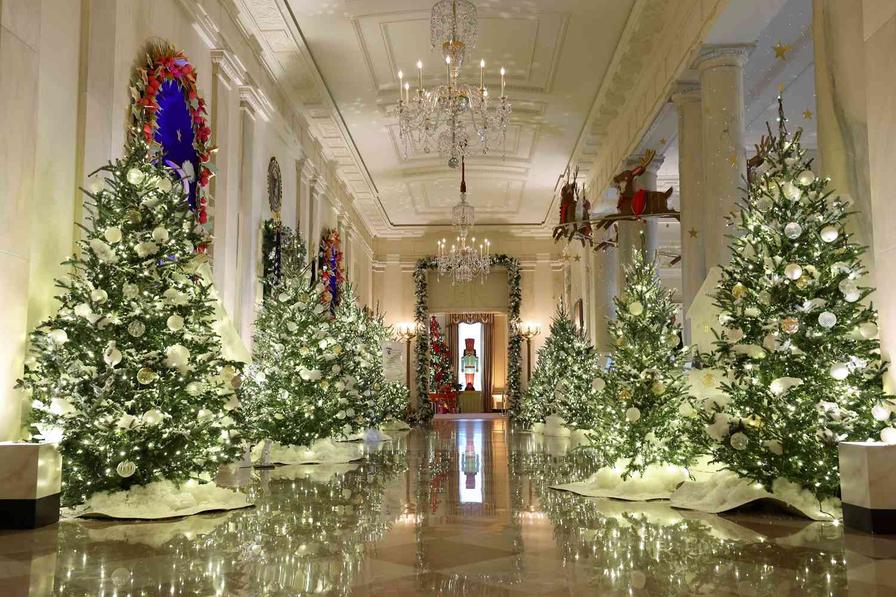
Historian Kaufman puts it nicely: prior to Dickens, there was no “especially strong connection” between any specific meat and Christmas. Instead, early American Christmas recipes leaned toward sweets and confections, heavily influenced by Dutch traditions—think cookies, doughnuts, and sugary treats. Meats like beef, pork, and poultry were the more common, practical main courses, but there was no strict holiday hierarchy.
DICKENS: THE GREAT GOOSE PROMOTER
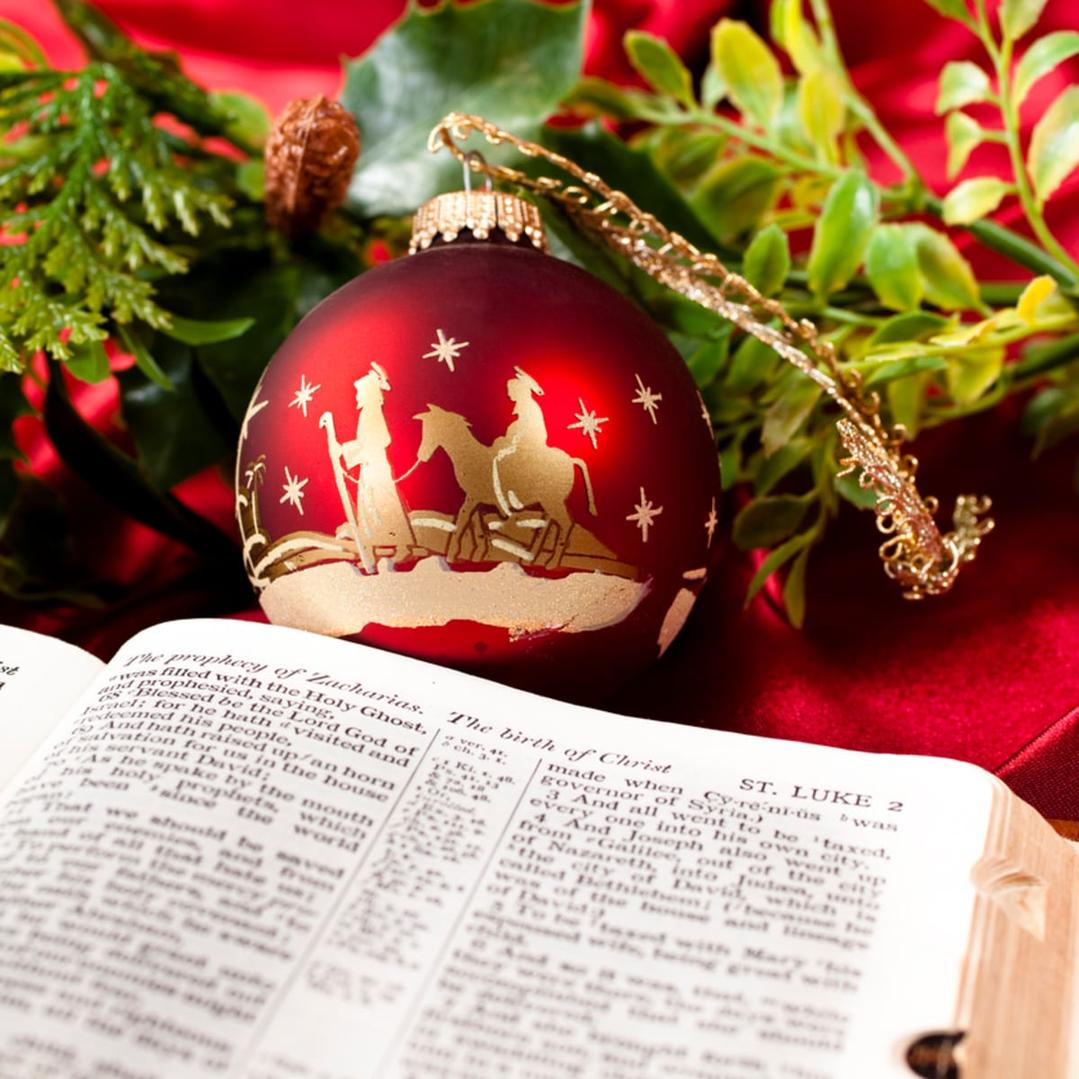
Enter Charles Dickens. His 1843 novella A Christmas Carol dramatically boosted goose’s holiday reputation in England. The Cratchit family’s humble Christmas goose resonated firmly with Victorian readers, embedding the bird in British Christmas folklore. The story implicitly pitched goose as the traditional Christmas bird—so effectively that turkey, previously preferred, became viewed as the newcomer after Dickens.
Yet Dickens did not invent the goose tradition. Instead, he popularized a very specific Christmas menu featuring goose, edging out other rival dishes traditionally enjoyed at yuletide. By the early 1900s, goose was entrenched in British Christmas culture, thanks largely to Dicken’s vivid storytelling.
BUT WHAT ABOUT THE UNITED STATES?
Across the pond, the story unfolded differently. Goose never rose above turkey as the premier Christmas bird in America. Americans stuck with turkey, which had several advantages on its side. Newspapers from the late 1850s, such as the Brooklyn Daily Eagle, showed turkey was the priciest and thus most sought-after poultry during Christmas. Geese, fattened or wild, were usually cheaper—which often meant turkey held higher status amid holiday tables.
Indeed, turkey was often seen as the symbol of wealth and quality in 19th-century America, making it the favored bird not merely for its taste but its status symbolism. Dickens captured this in his novella, too: the Cratchits feast on a modest goose, but Scrooge gifts them a prize turkey—highlighting the class divide between the birds.
Besides status, turkey’s practical appeal was undeniable. Turkeys run bigger than geese, feeding more people, which mattered in America’s typically larger, rural households. The appetite was big; the bird had to be bigger.
Is Turkey America’s Birthright Bird?
National pride played a surprising role. Turkeys were sometimes hailed as the “national bird” in the U.S., even predating the bald eagle’s official status. This imbued turkey with cultural significance beyond mere consumption. Why swap out a patriotic symbol for a Dickensian import?
The practical side is visible in historical menus too. George Washington’s estate Christmas dinner in 1790 featured roast turkey with chestnut stuffing but marked no presence of goose. Mid-19th century banquets by New York’s St. Nicholas Society further reinforce this trend. These lavish spreads served multiple types of turkey but excluded goose altogether.
And for rural families in places like upstate New York, hunting wild turkeys on Christmas Eve or Christmas morning was a tradition, underscoring the bird’s cultural importance during the season.
Exceptions That Prove the Rule
Yet, like any holiday story, there are exceptions. An 1817 Connecticut report touted a feast of 50,000 geese sold compared to only 5,500 turkeys for Thanksgiving. Sounds like a goose comeback, right? However, closer scrutiny suggests price was the key determining factor: geese were more affordable, so lower-income buyers opt for them, while wealthier families chose turkey.
Moreover, this record pertains to Thanksgiving rather than Christmas and reflects purchases rather than consumption. Statistical quirks aside, this stands as an exception—while the overall holiday trend in America leaned toward turkey as the festive star.
So Why Did Goose Lose Its Shine?
In short, goose faded from the American Christmas feast because of economic, cultural, and practical reasons.
- Cost: Turkey was pricier and symbolized prosperity.
- Taste and Size: Many Americans preferred turkey for flavor and its ability to feed large families.
- Cultural Identity: Turkey aligned with American patriotism and seasonal traditions.
- Literary and Media Influence: Dickens’ story helped seal goose’s hold on British tables but had less impact in the U.S.
If goose was cheaper and associated with the humble or lower economic class, it’s understandable why it slipped out of favor in wealthier circles and, consequently, mainstream holiday customs.
The British vs. American Christmas Dinner: A Tale of Two Birds
Interestingly, both countries saw a shift but in opposite directions. In Britain, turkey stole the spotlight from other poultry until Dickens stepped in, forever linking goose with Christmas. In America, turkey’s star rose unchallenged, cementing its place at holiday tables with scarcely any threat from goose.
This divergence reflects broader cultural nuances—a tale of two nations defining their festive traditions through different lenses, economics, and narratives.
What Can Modern Foodies Learn From This?
If you’re wondering whether to bring goose or turkey to your Christmas feast, consider this:
- Turkeys fit large gatherings—perfect for feeding a crowd.
- Goose offers richer, gamier flavors, appealing if you want to surprise guests.
- Cost and availability might guide your choice; geese can be pricier or harder to find in some regions.
- Lean into local food traditions or make your own. After all, Christmas dinner is as much about memories as meat.
Still curious? Perhaps you want to revive a Victorian feast with goose taking center stage—why not? After all, holiday traditions evolve, and sometimes looking backward opens new festive pathways forward.
Summary Table: Christmas Goose vs. Turkey Popularity
| Aspect | Christmas Goose | Turkey |
|---|---|---|
| Historical Popularity | Common before Dickens; then popularized in UK post-Dickens | Preferred in US from early on; remains dominant today |
| Cultural Association | Symbolized modesty and Victorian tradition (UK) | Symbol of status, practicality, and national pride (US) |
| Price | Often cheaper, associated with lower classes | More expensive; denotes prosperity |
| Size | Smaller; feeds fewer people | Larger; better for big families |
| Influence of Literature | Dickens’ A Christmas Carol popularized goose in UK | Less impact from Dickens; turkey tradition strong |
| Modern Status | Less common in US, nostalgic British choice | Mainstream Christmas bird in US and growing in UK |
Final Thoughts
So, when exactly did Christmas goose stop being popular? In the US, its decline happened over the 1800s as turkey took hold. Dickens’ literary influence bolstered goose only in Britain. Economic factors, taste preferences, practicality, and national pride all nudged Americans toward turkey. Goose became the underdog, somewhat of a forgotten feast bird stateside.
Why did this shift occur? Not through any magical moment, but by a slow fusion of cultural storytelling, price tags, family sizes, and national identity. It’s a classic example of how food and culture dance a complex waltz across time.
Maybe this year, you’re inspired to break from the mold and bring goose back to the Christmas table—after all, traditions are made to be revisited and enjoyed anew. Which bird will you crown your Christmas king?
